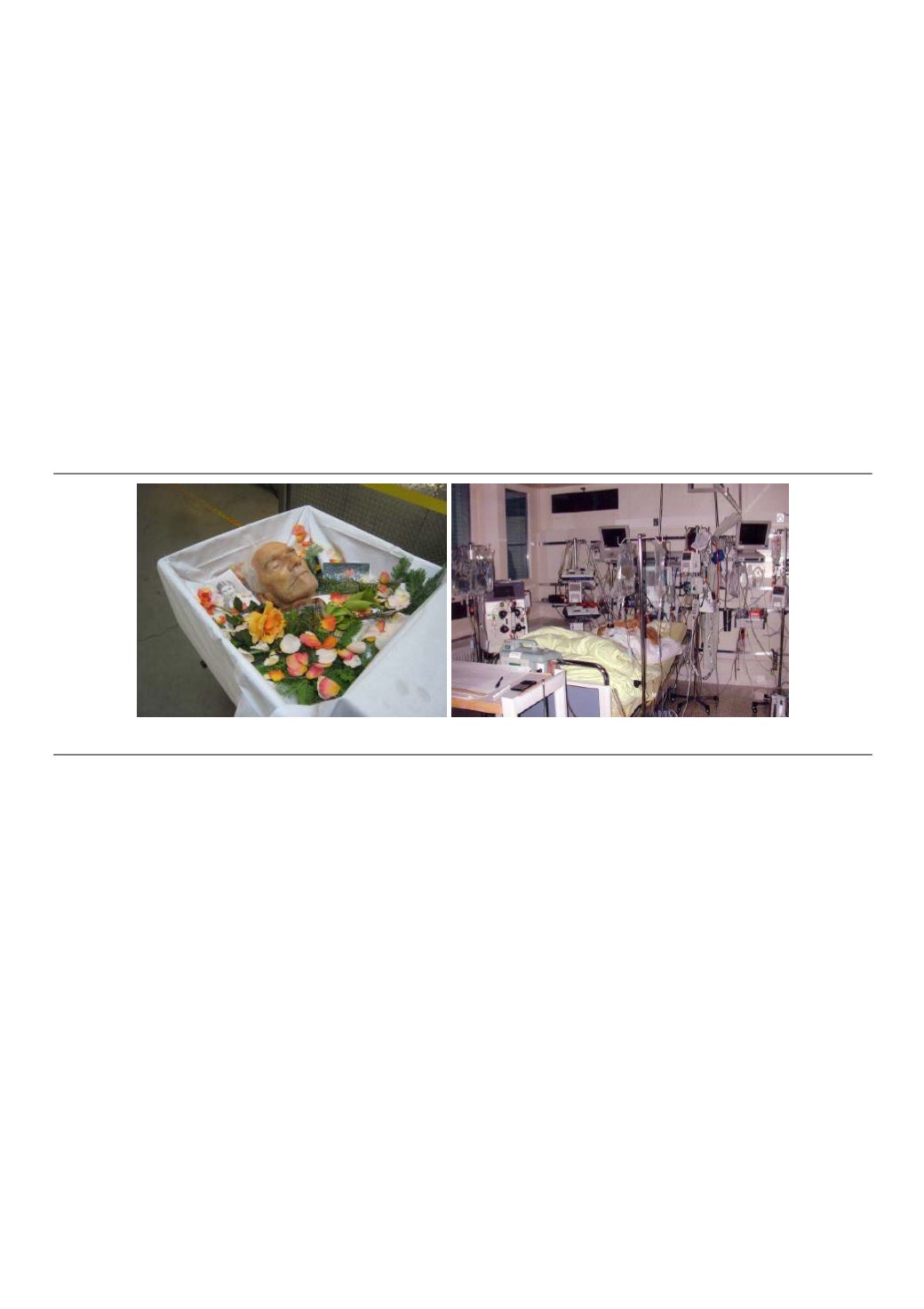
medical school, I endeavored to introduce the concept of compassionate care of the dying into this
institution’s curriculum, recognizing the stress experienced by clinicians and dying people in
relating to existential and psycho-spirituals issues of mortality.
In 1972, I collaborated with psychiatrist Stanislav Grof and a project using LSD as an adjunct to
psychotherapy under the auspice of the National Institute of Mental Health. The Buddhist
perspective on impermanence was profoundly relevant to those facing death; as well the Buddhist
vision of compassion became a base note in our work in this contemporary rite of passage.
Over the years, I learned of a number of programs using different teaching methods to aid health
care professionals in the knowledge and skills to care for dying people. Despite the development
of these curricula, which are often behaviorally based, health care professionals frequently report a
lack of skills in psychosocial and spiritual care of dying people and report suffering from
“compassion deficit.” They also report difficulties in caring for the dying, with significant levels of
pathological altruism, vital exhaustion, secondary trauma, moral distress, unresolved grief, and
other psycho-social and existential ills. In addition, there are increasing reports of “patient
dissatisfaction” and patients reporting that clinicians lack empathy and compassion.
Over the decades of working in the field, I have identified six “edge states” or challenges that
clinicians can be subject to. Each of these conditions has within them positive potentials. At the
same time, they can be pernicious experiences, and can cause clinicians to leave medicine and
nursing. These states are: 1) pathological altruism – an excess of altruism that mentally or
physically harms the experiencer; 2) burnout or vital exhaustion - cumulative work demands and
stress; 3) secondary trauma - dysfunction that arises from prolonged exposure to the suffering of
others; 4) moral distress – moral conflicts when the clinician knows what is right to do but cannot
do it; 5) horizontal and vertical hostility – behaviors of disrespect and bullying among members of a
peer group or disrespect of those deemed lower in “rank”; 5) structural violence - violence in the
system that marginalizes or harms individuals or groups.
To address these complex concerns and the profound need for compassion in caring for the dying,
in 1996 I created a curriculum to train professional caregivers in compassionate care of the dying:
“Being With Dying: Professional Training Program in Compassionate End-of-Life Care” (BWD). In
addition, I have developed a typology for compassion, a compassion model, and compassion
intervention discussed in another chapter of this book. The model and G.R.A.C.E. intervention
have become the spine of our BWD training, and is now as well used in other training programs to
teach clinicians compassion.
In exploring with professional caregivers what they feel is important in a compassion-based
110


